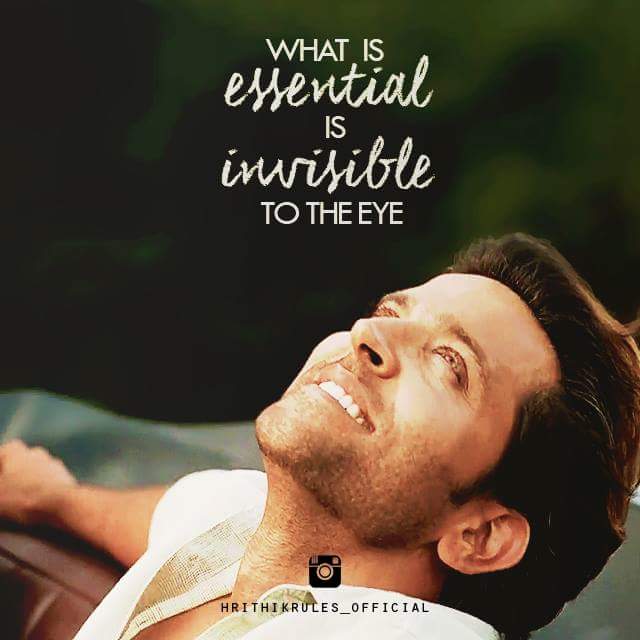Originally posted by: S_H_Y
a psychological concept called “the halo effect” that has strong ties to beauty; upon a first impression, highly attractive people are presumed by others to have a variety of positive personality traits, such as altruism, stability, and intelligence, compared to less attractive people, as though an invisible “halo” were shining down upon the beautiful. This helps to explain rampant appearance discrimination in the workplace, dating market, and even in our court system. In his book Beauty Pays, economist David Hamermesh shows that attractive people are more likely to be employed, are paid higher wages, are more likely to be approved for a loan, negotiate loans with better terms, and have better looking and higher-status spouses. Attractive criminals even receive lighter sentences for their crimes.
There is a bias towards physical attractiveness that assumes people who possess physically attractive characteristics are perceived to be “better people” (Schneider, Gruman & Coutts, 2012).
A study conducted by Dion, Berscheid, & Walster (1972) was the first to infer that people associated physical attractiveness with positive traits such as being sociable, interesting, competent, and well-adjusted. Other studies have followed, and confirmed that attractive people are more likely to be associated with good qualities, whereas unattractive people are more likely to be associated with bad qualities. These assumptions have thus created the physical attractiveness stereotype. This is a powerful stereotype that extends into occupational settings, and assumptions about criminal behavior in legal proceedings (Schneider et al., 2012).


































4